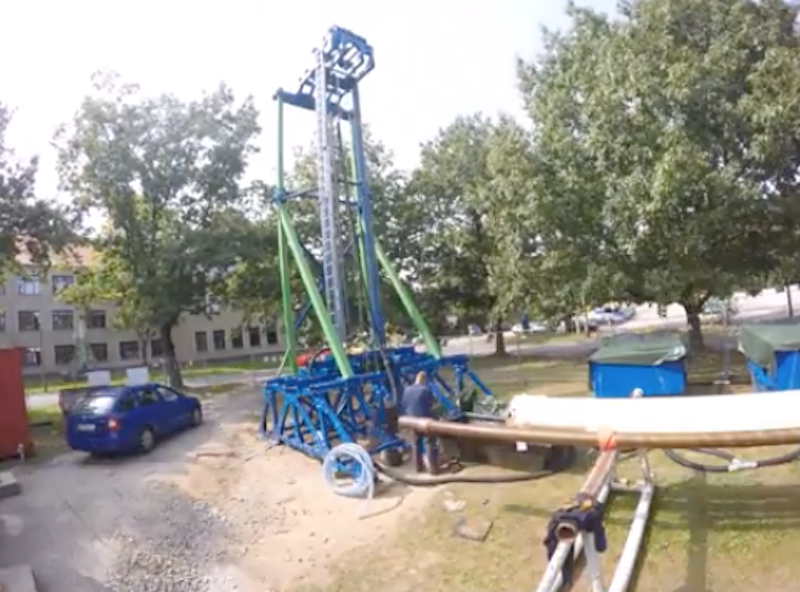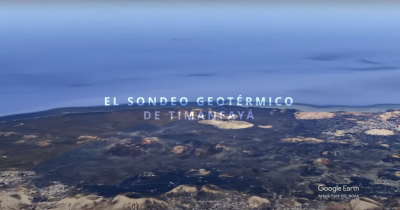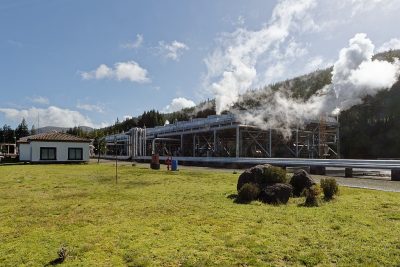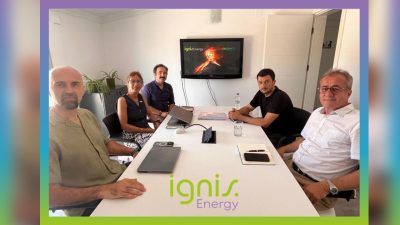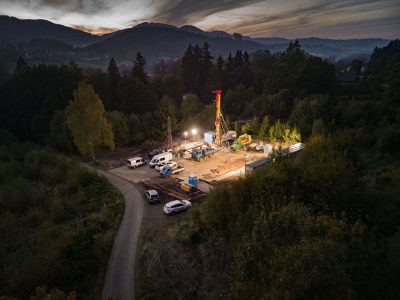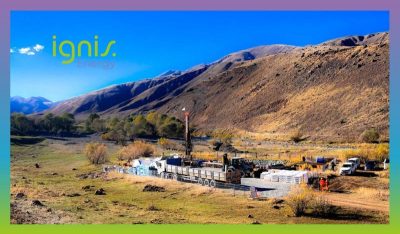Lightning shattering rock: new drilling method for deep geothermal energy
Two universities in Germany are working on new breakthrough technology that could help decrease the cost of drilling for geothermal projects. Using an electric impulse method, essentially lightning strikes are to crush the rock through which it is being drilled.
A recent article introduces a new drilling technology being developed and tested in Germany. Drilling with the electric impulse method could significantly reduce the drilling costs for deep geothermal energy. At the beginning of this month on the campus of the Technical University Bergakademie Freiberg (TU Freiberg) for the first time successfully rock in a real hole was destroyed by lightnings.
The new drilling method is designed to reduce the cost of deep geothermal drilling in the hard rock, for example in the granite, which is typical in the state of Saxony in Germany, to the extent that the use of geothermal heat for the environmentally friendly production of heat and electricity becomes economical.
The time-lapse video on Youtube shows how the 12m high drill tower, constructed by the researchers themselves, was built (21 August to 5 September 2017). The film ends with a beige “tube” being pulled into the ground. This is the new “super drill” that destroys the rock with lightning – more effectively and faster than conventional drilling methods. (Source: TU Freiberg)
Geothermal power plants are basic and environmentally friendly. However, the extremely high costs for the necessary deep drilling have hitherto prevented a broad breakthrough on the energy market. The fact that the electric impulse method can be used for drilling has so far only been demonstrated in the laboratory scale. Now scientists have succeeded in successfully testing the process in a real well.
25 Lightning strikes with a voltage of 500 kV crush the rock
“The joint project of the TU Bergakademie Freiberg and the Technical University Dresden not only makes an important contribution to the energy demand, but also shows that the process developed in the laboratory is practical,” says Matthias Reich, professor of drilling technology, special-purpose mining equipment and mining machinery at the TU Bergakademie Freiberg.
In the electro-pulse process (short EIV) about 25 flashes with a voltage of 500,000 volts are sent through the rock per second. This corresponds approximately to the voltage with which the large power plants feed their electricity into the networks. The lightning flashes blast the drill hole from the borehole hole. The method operates in contrast to conventional drill bits without contact and without moving parts. The constant expensive removal and re-installation of the several-kilometer-long drill rigs for replacing dull chisels is no longer required by the EIV and thus considerably reduces drilling costs.
Scientists from the TU Bergakademie Freiberg and TU Dresden as well as industry partners are involved in the project funded by the Federal Ministry for Economic Affairs and Energy (BMWi) of Germany. Work on the test bore should continue until mid-October.
Source: EUWID Energie
